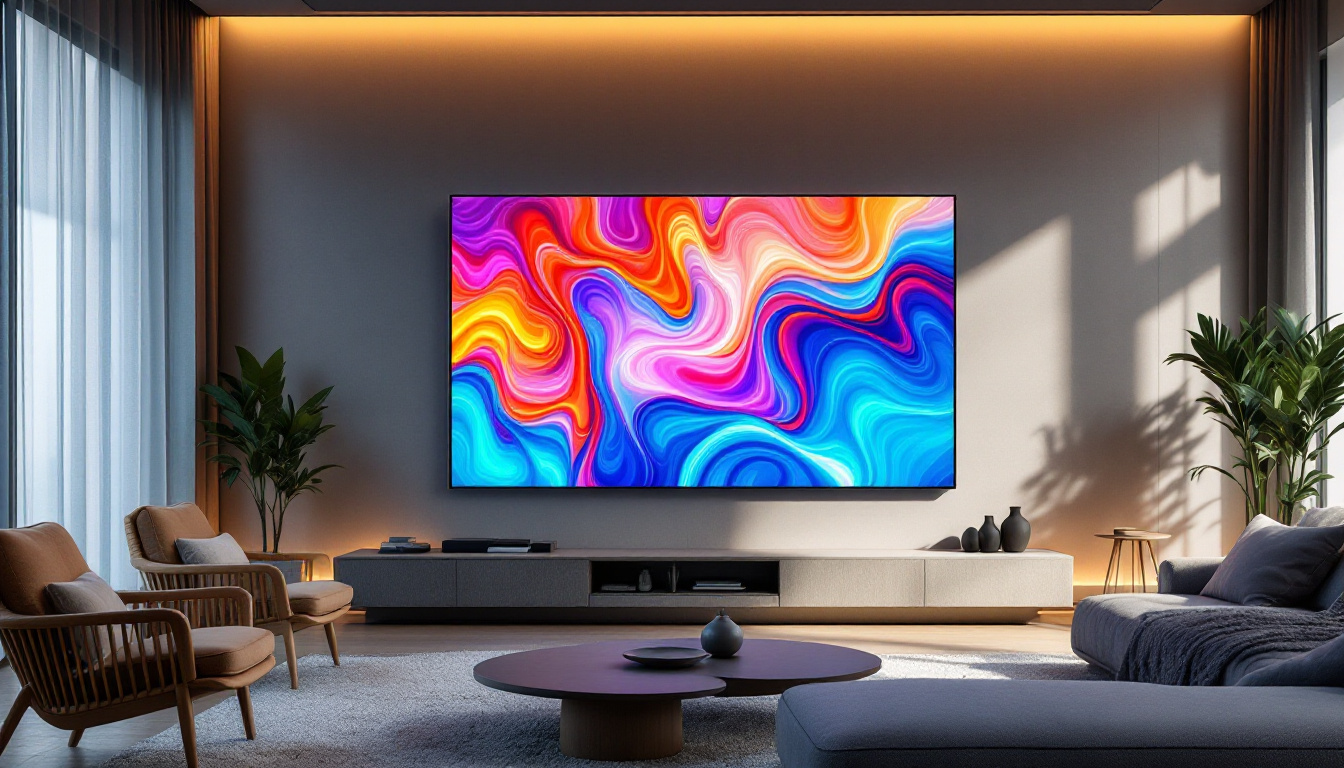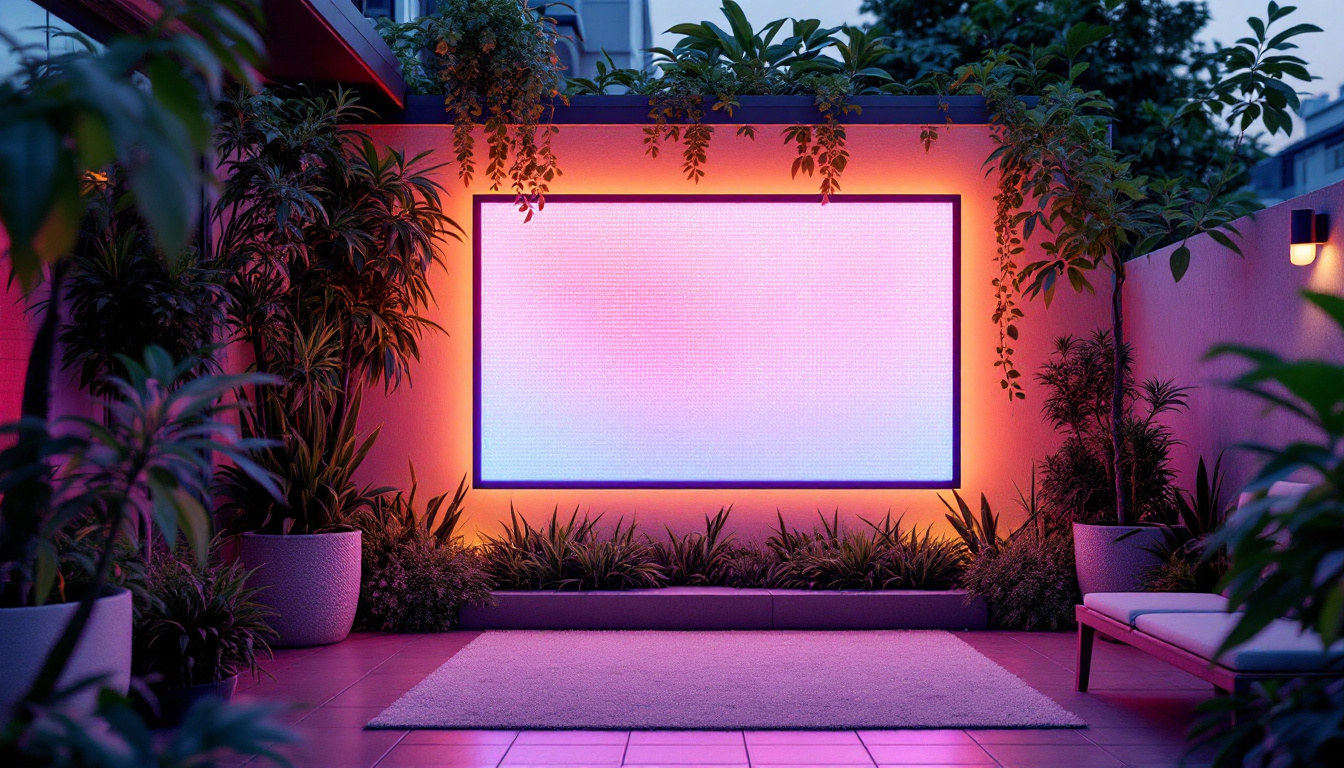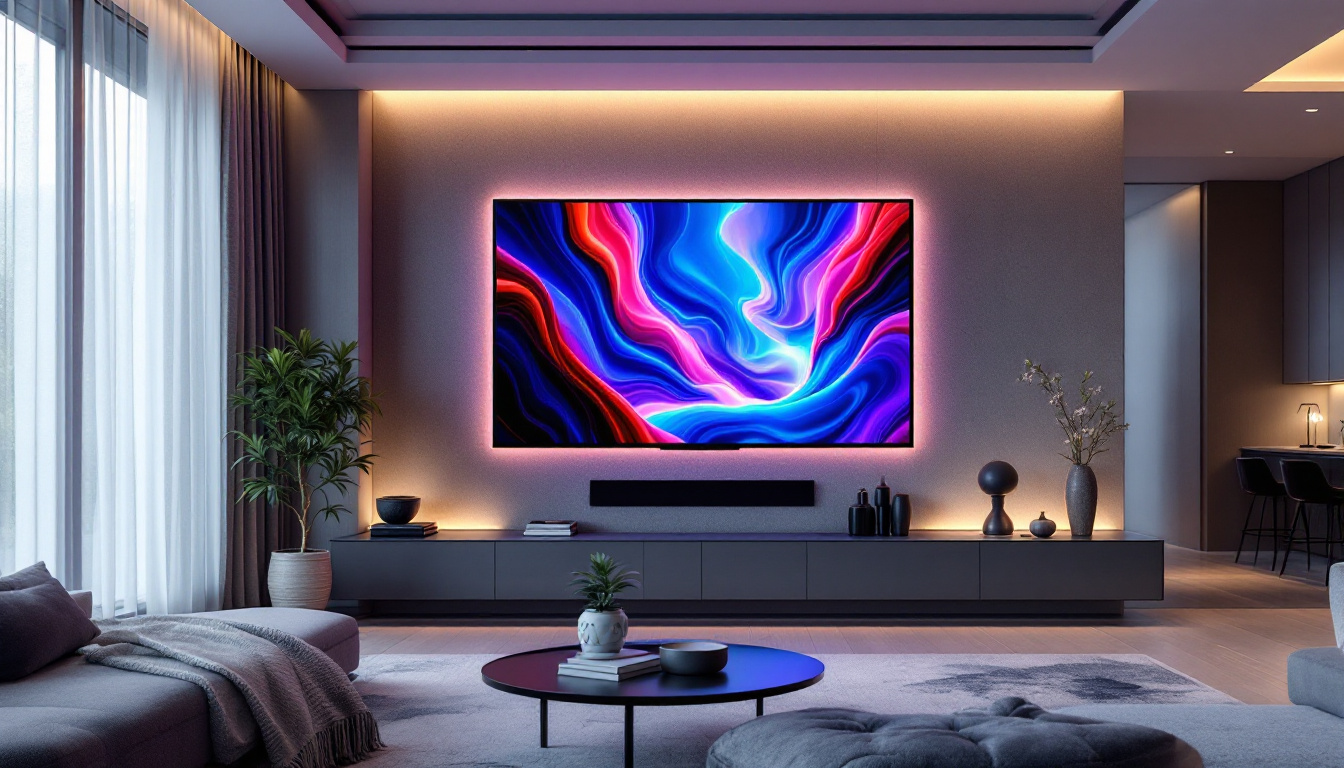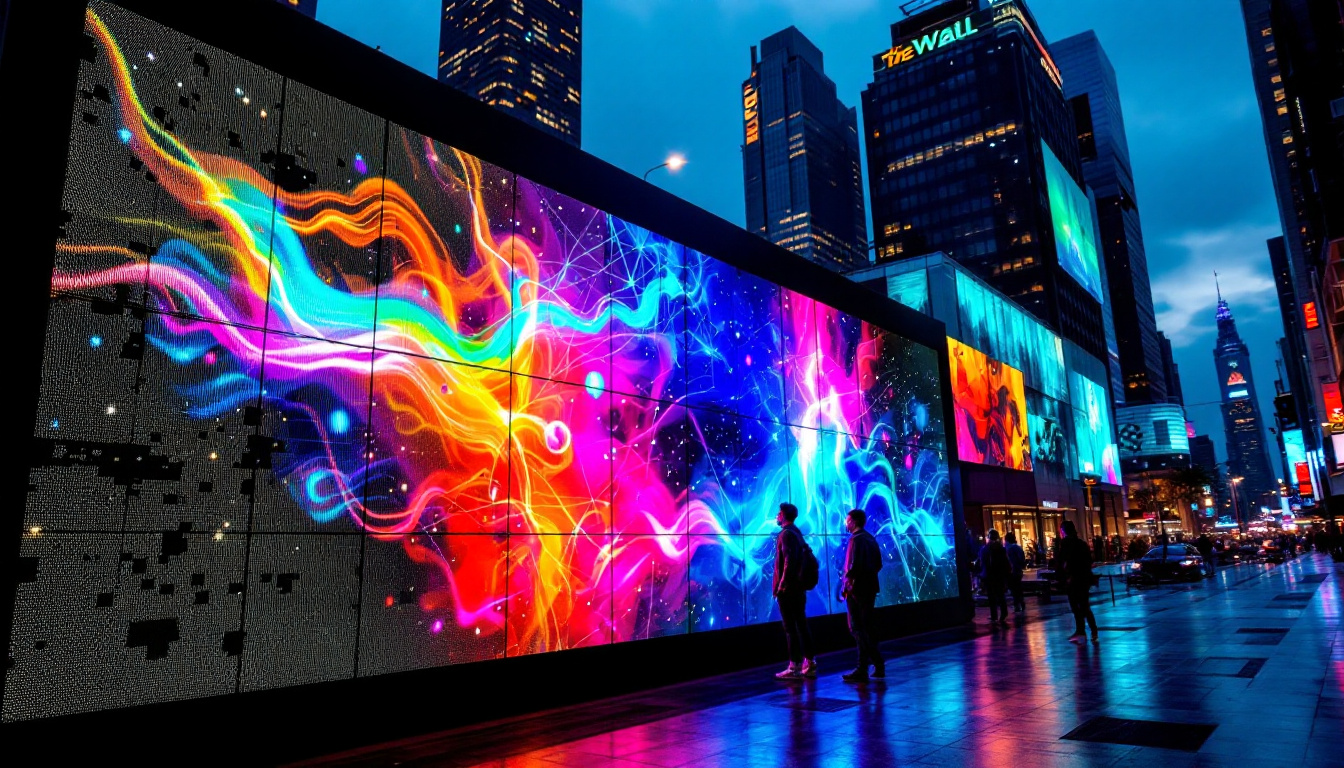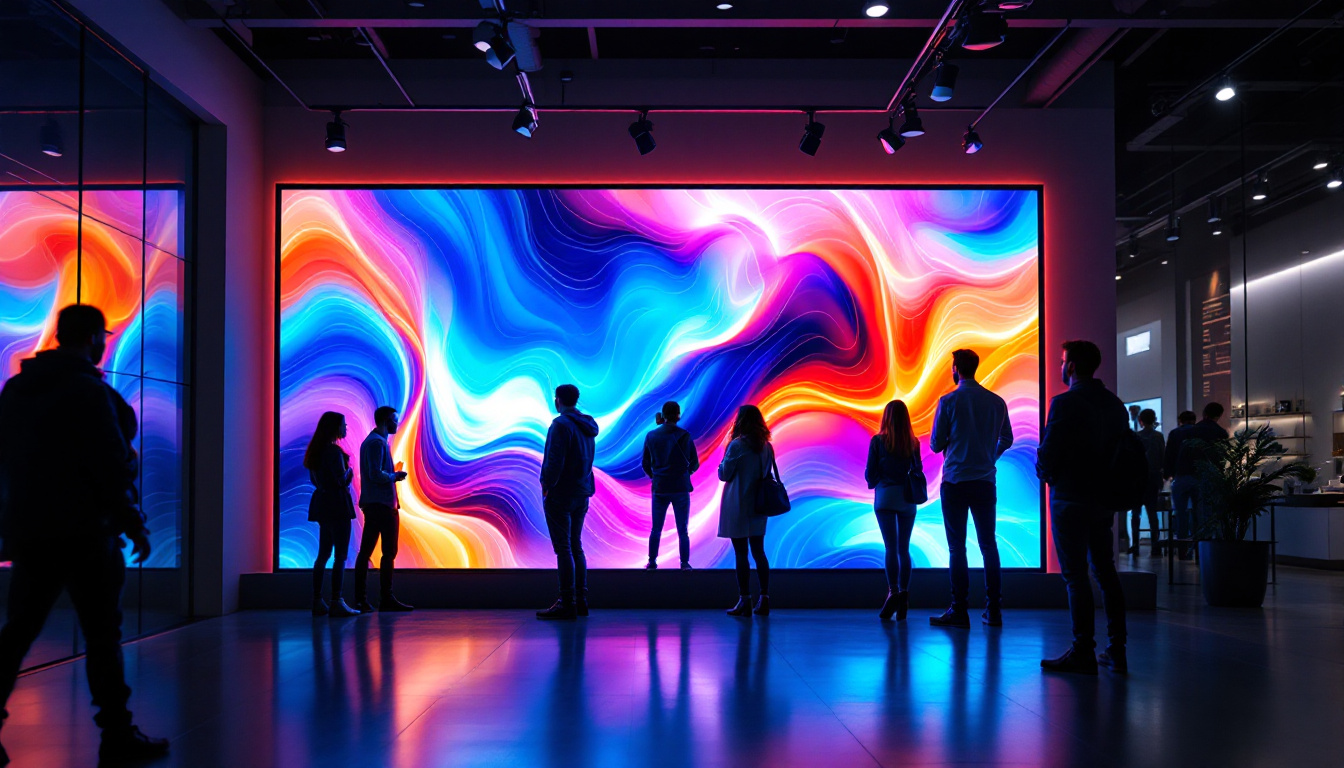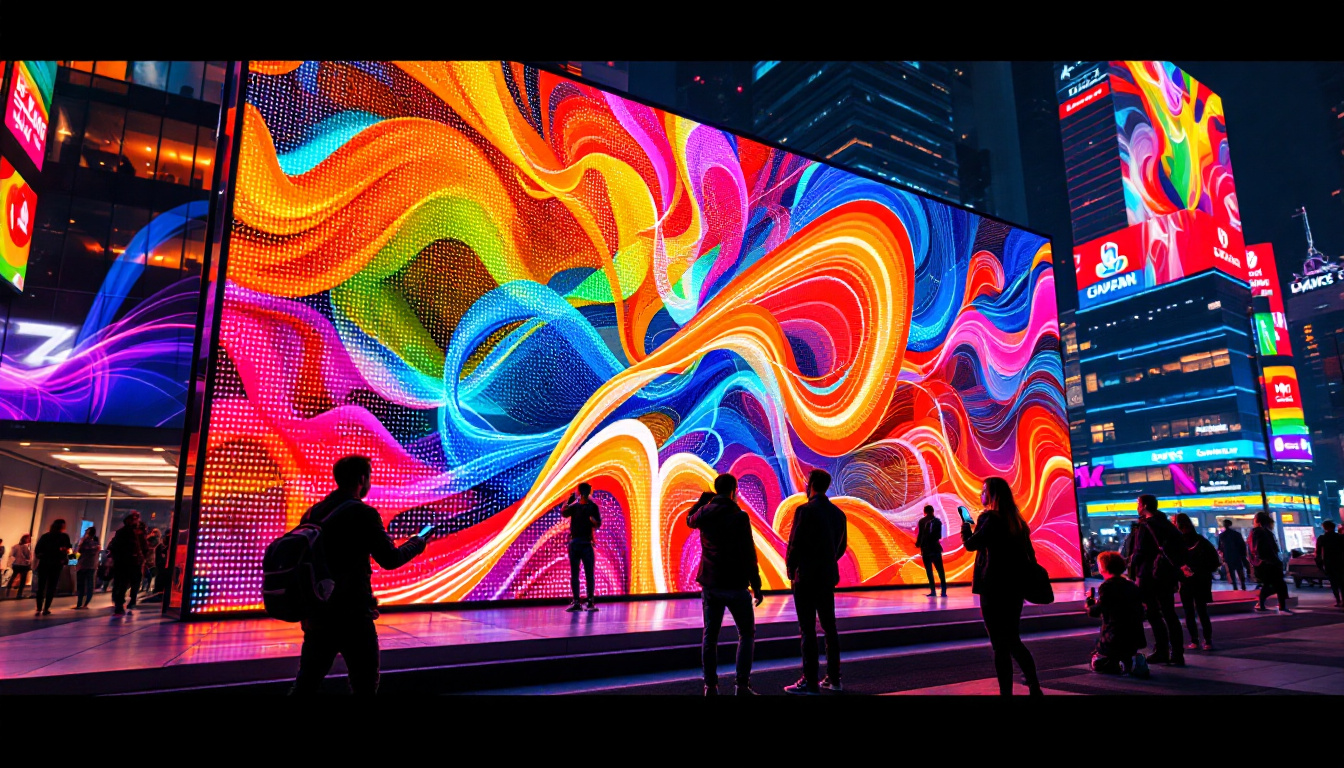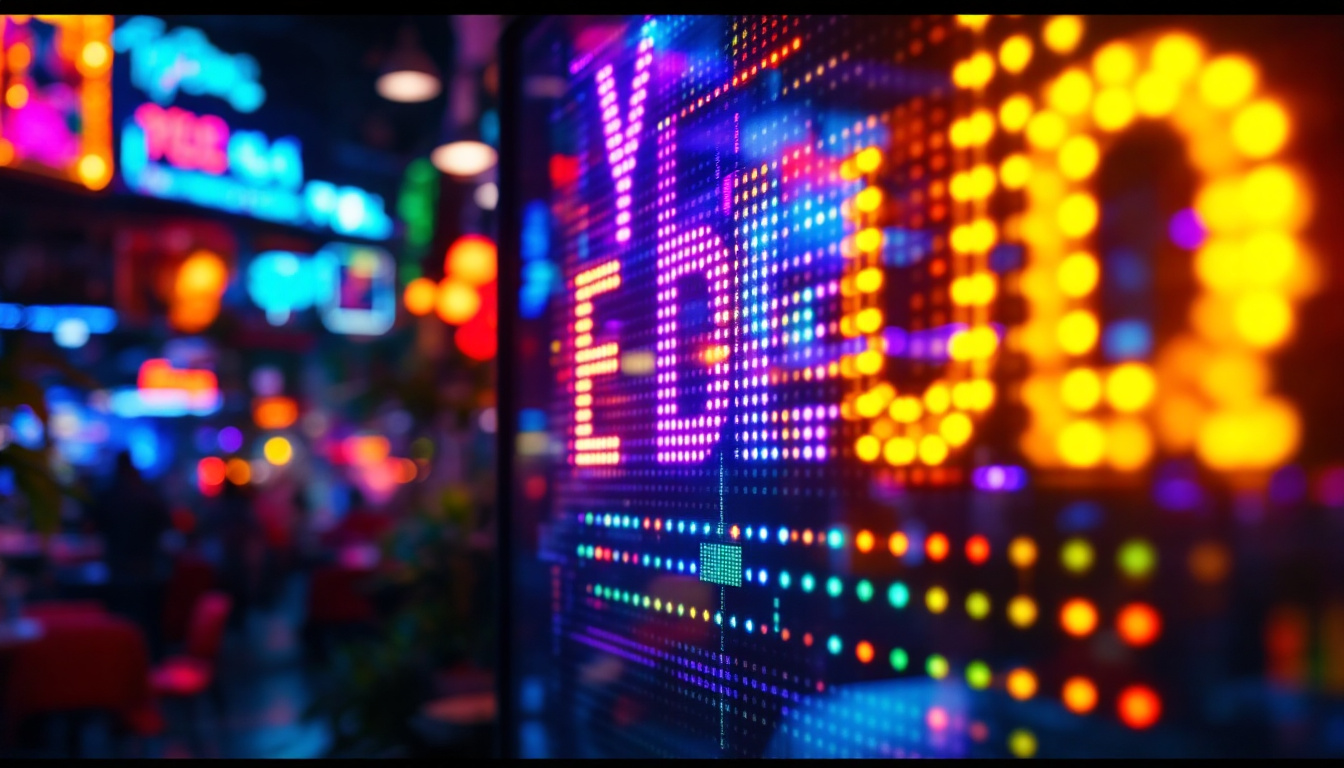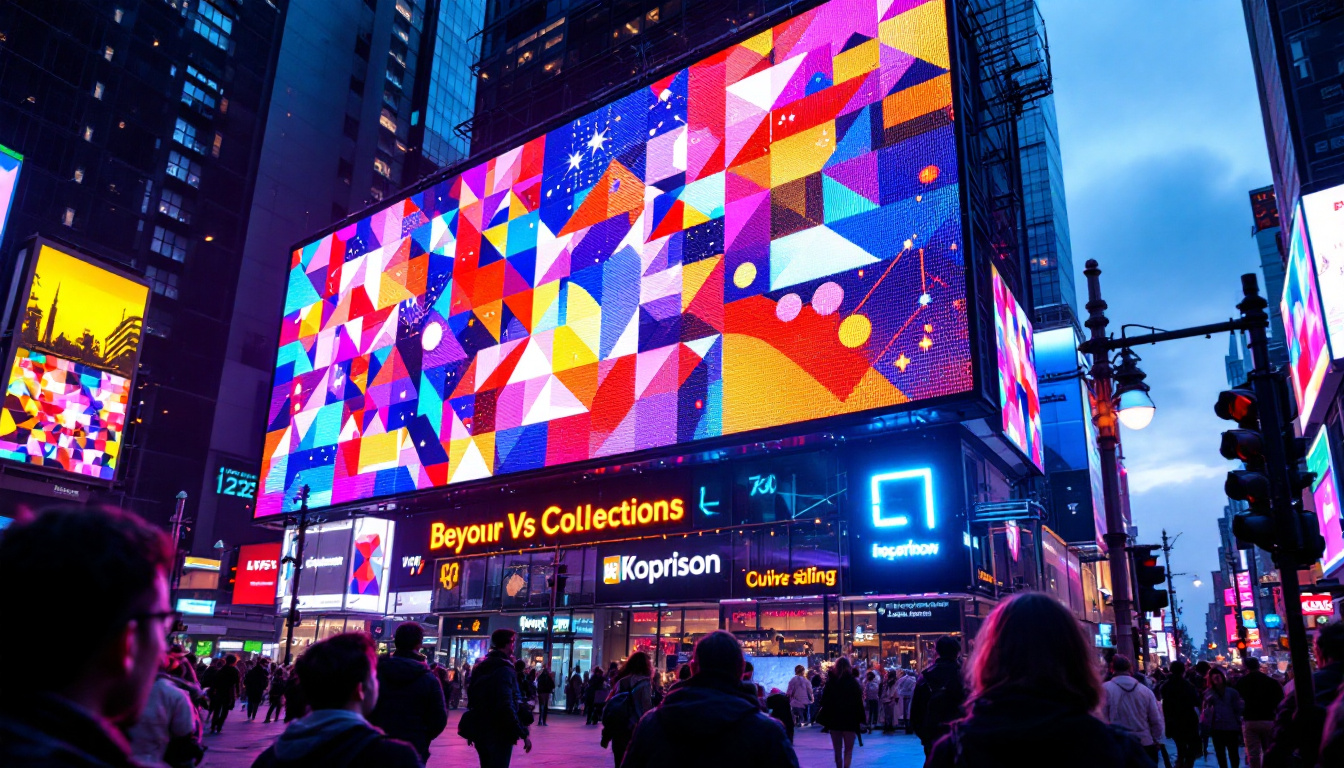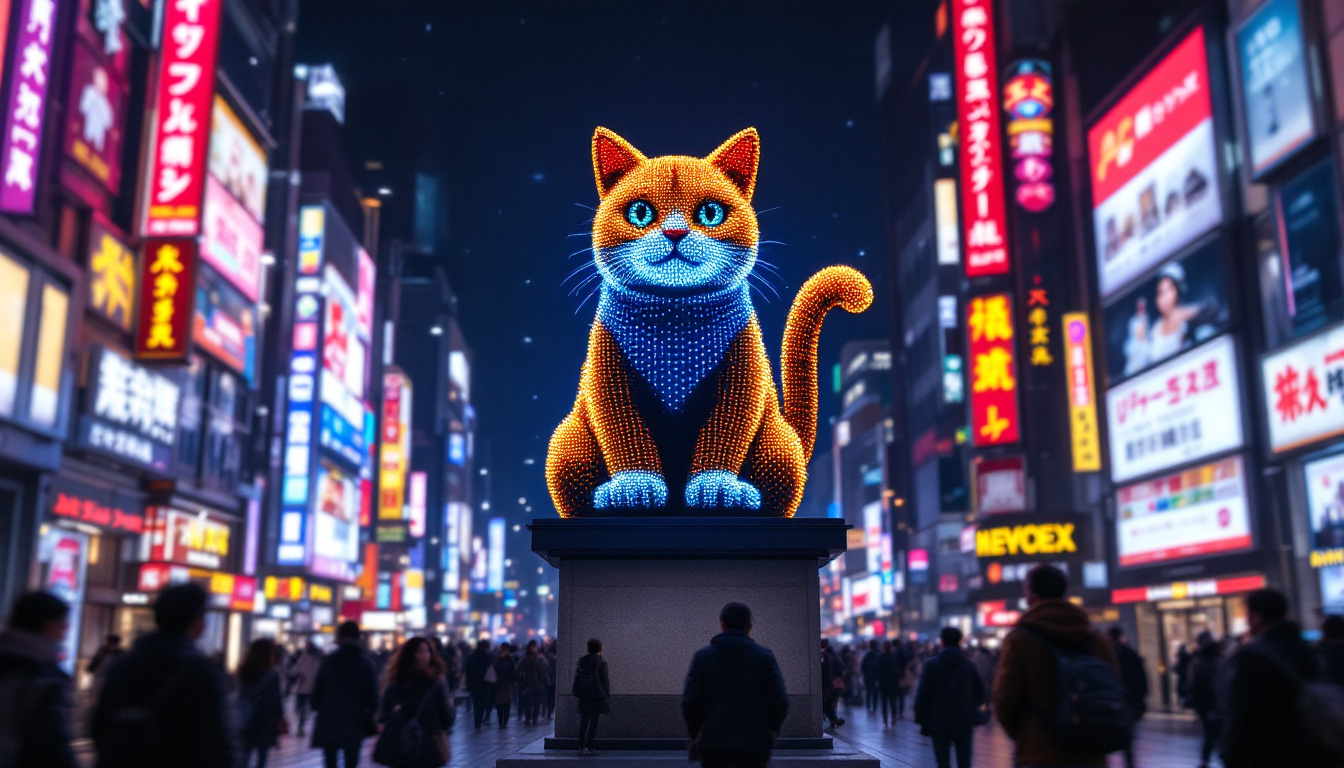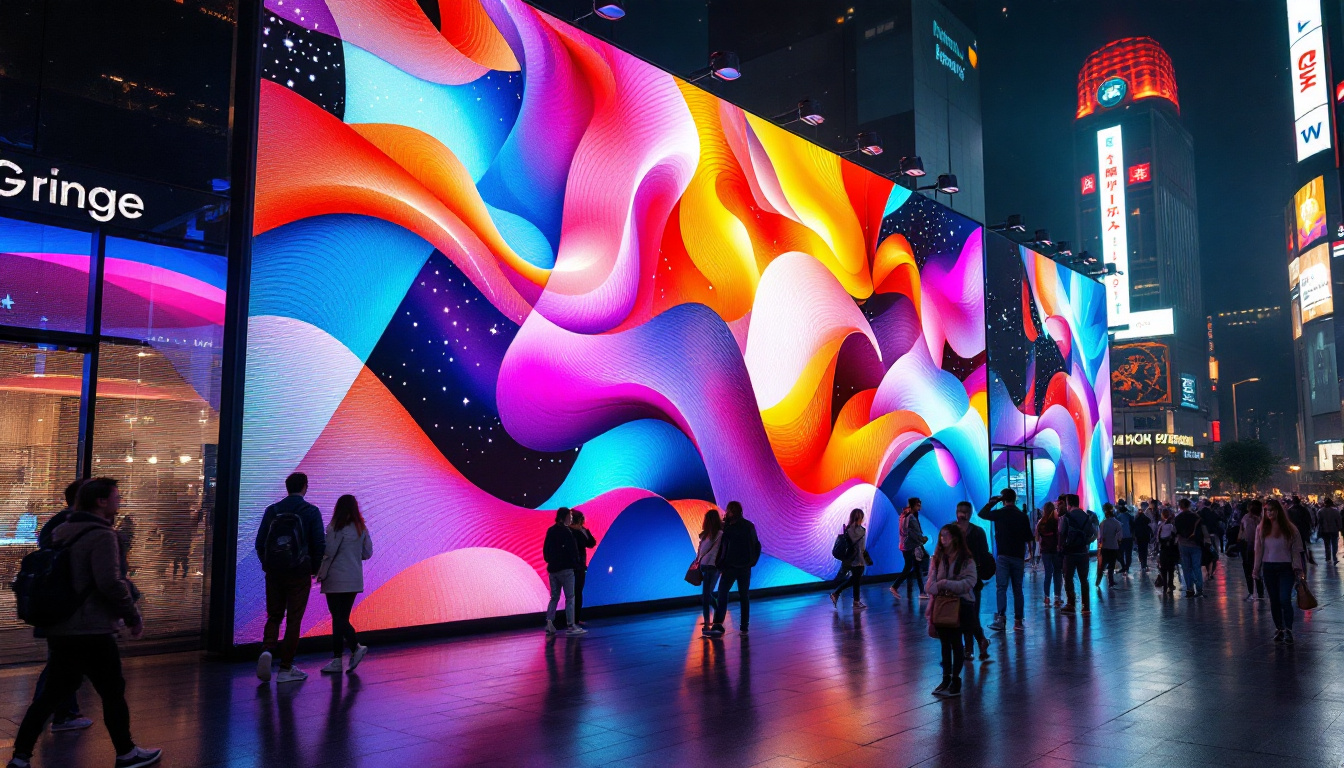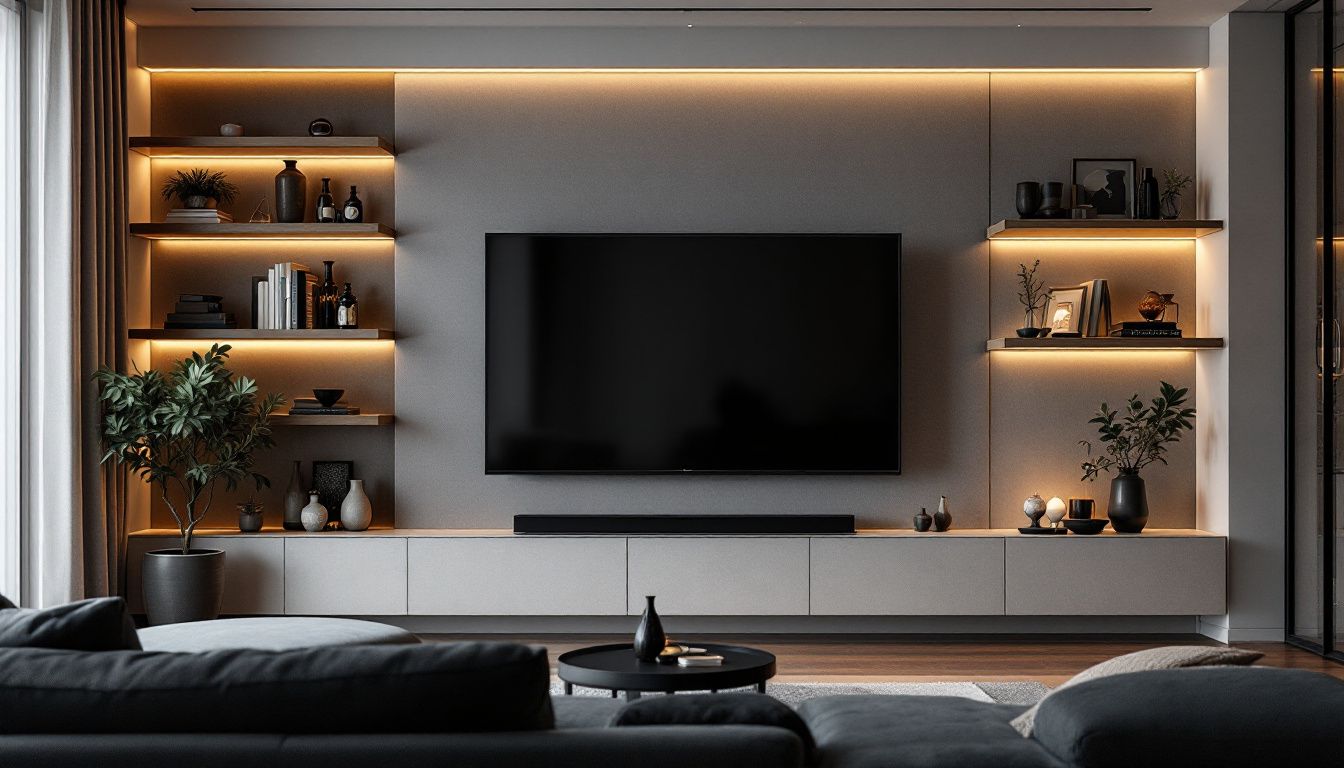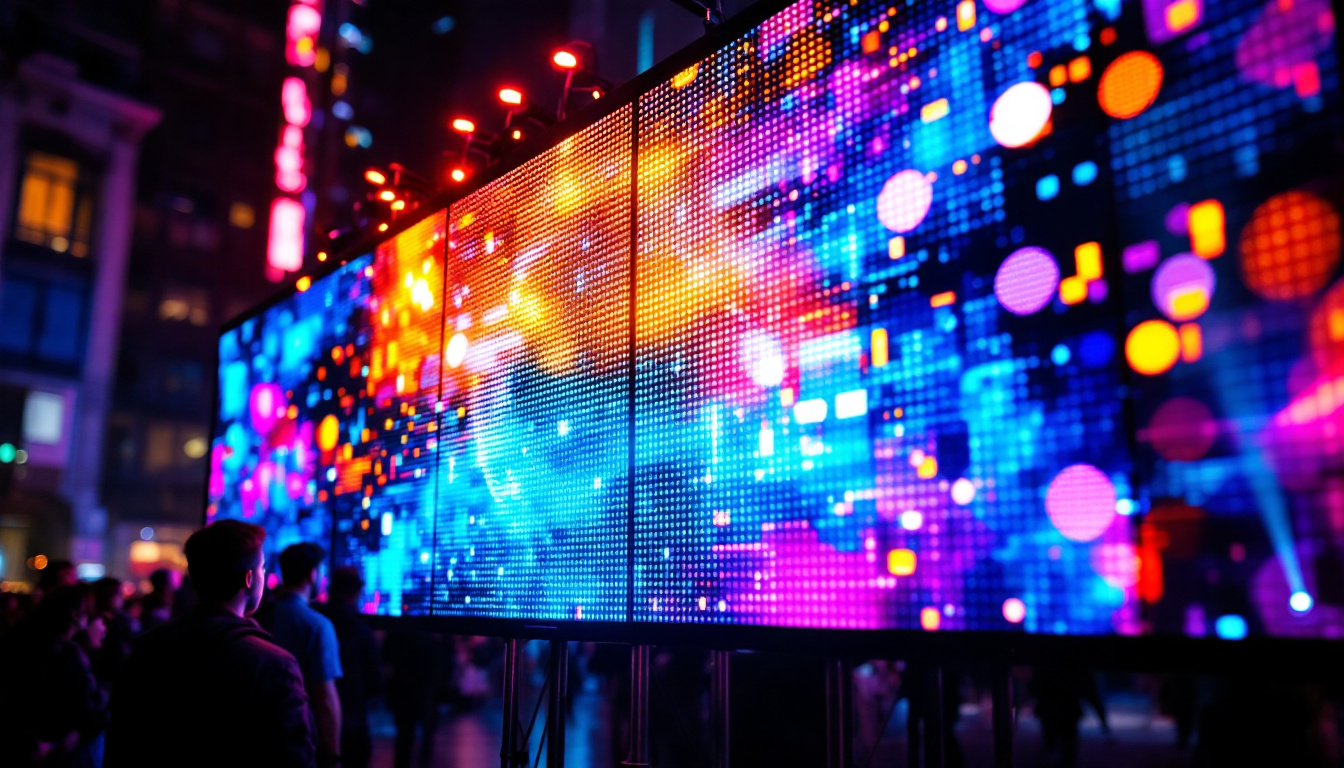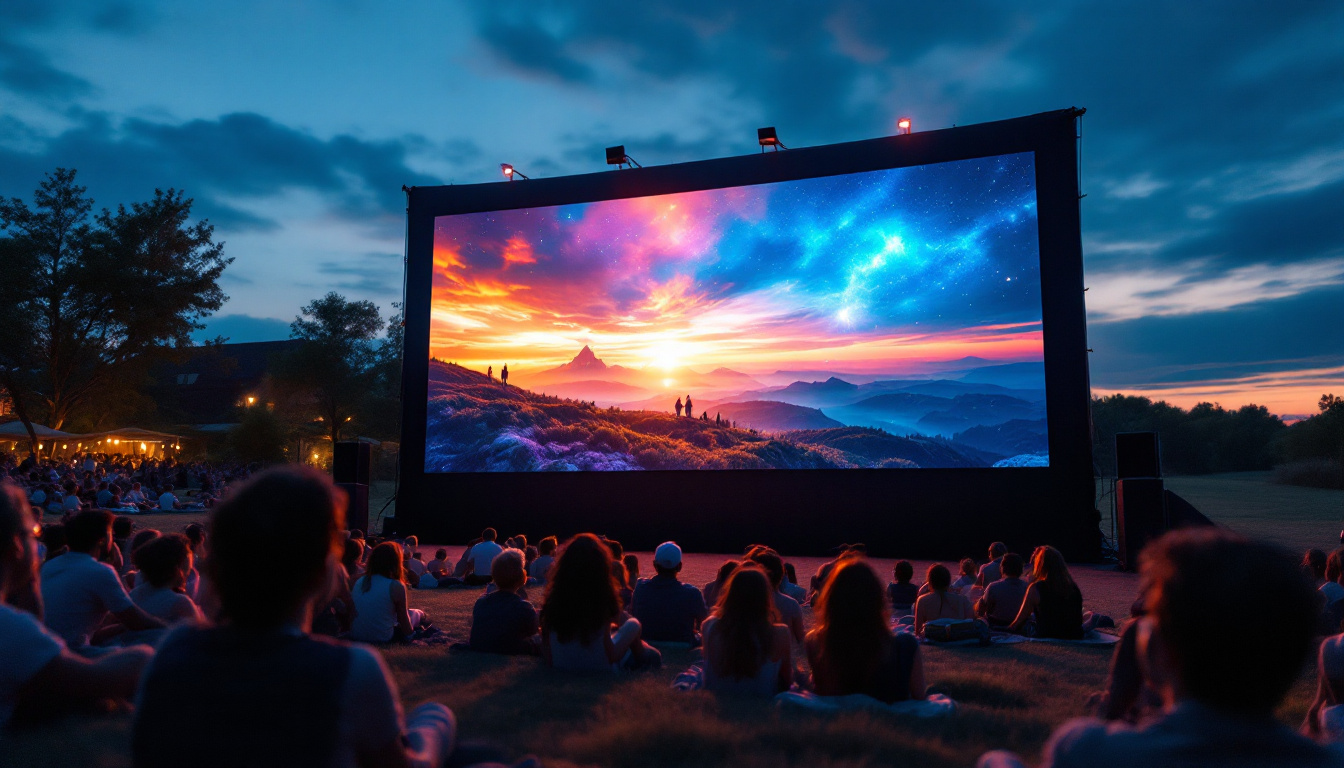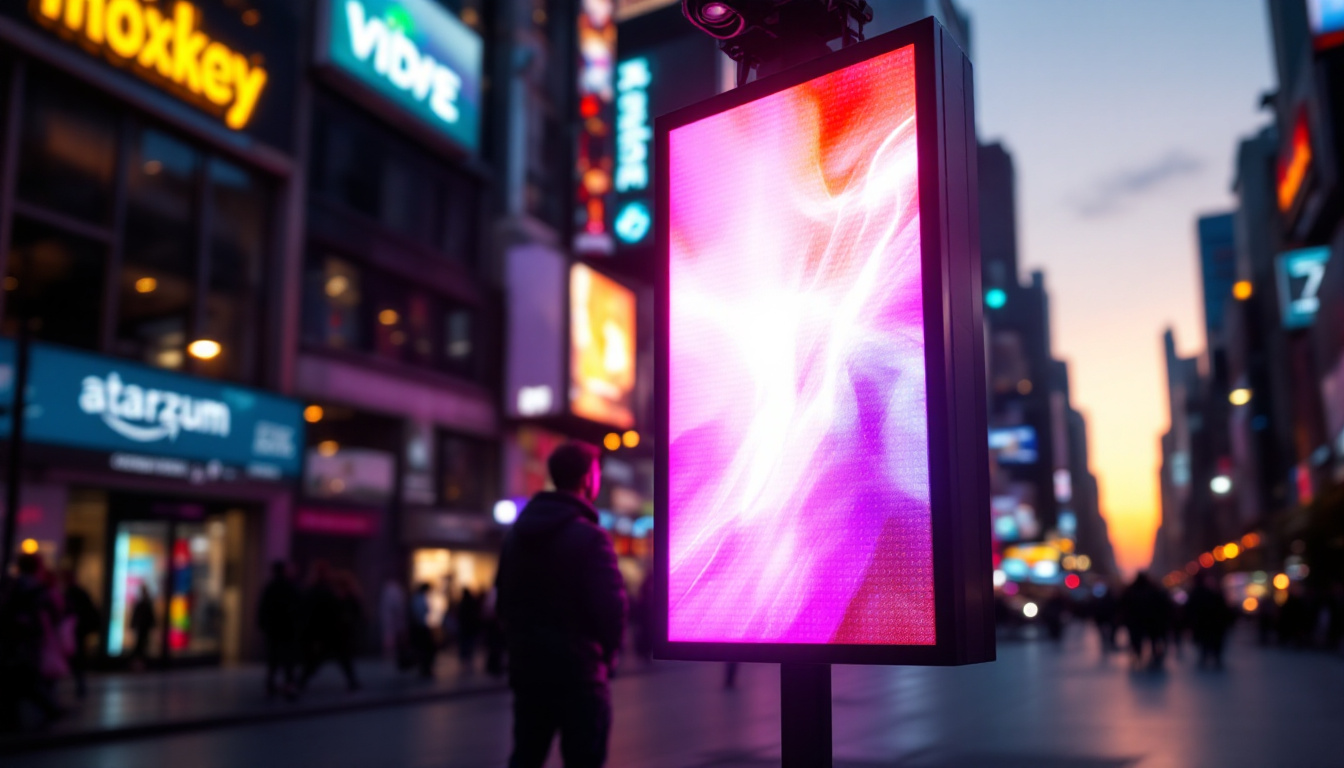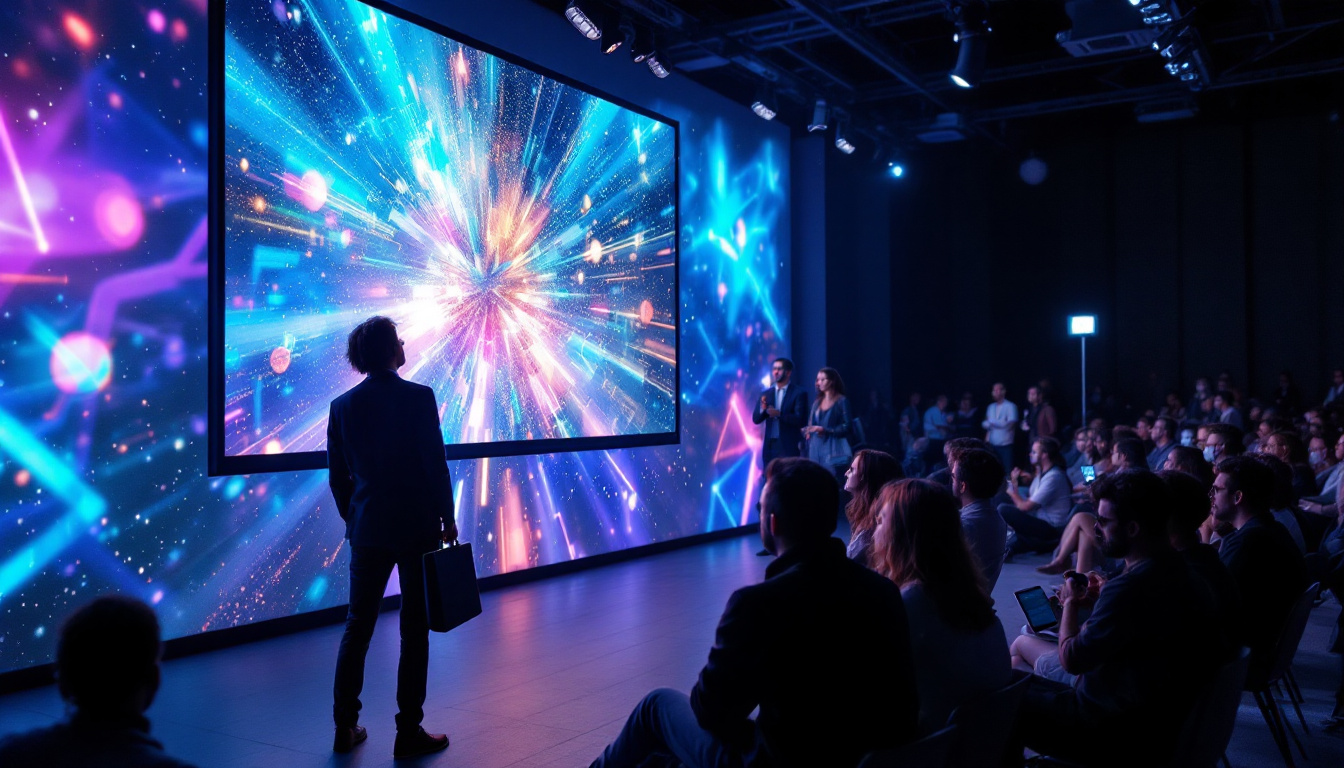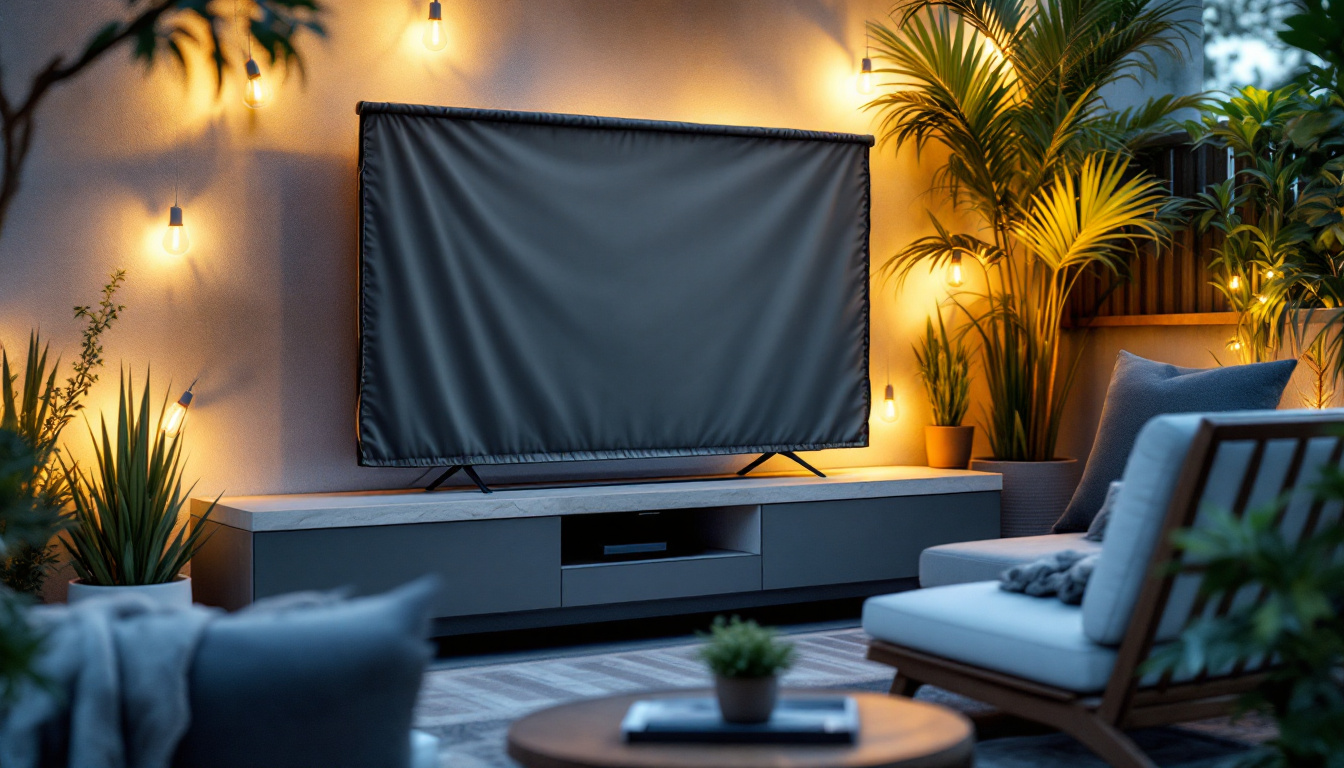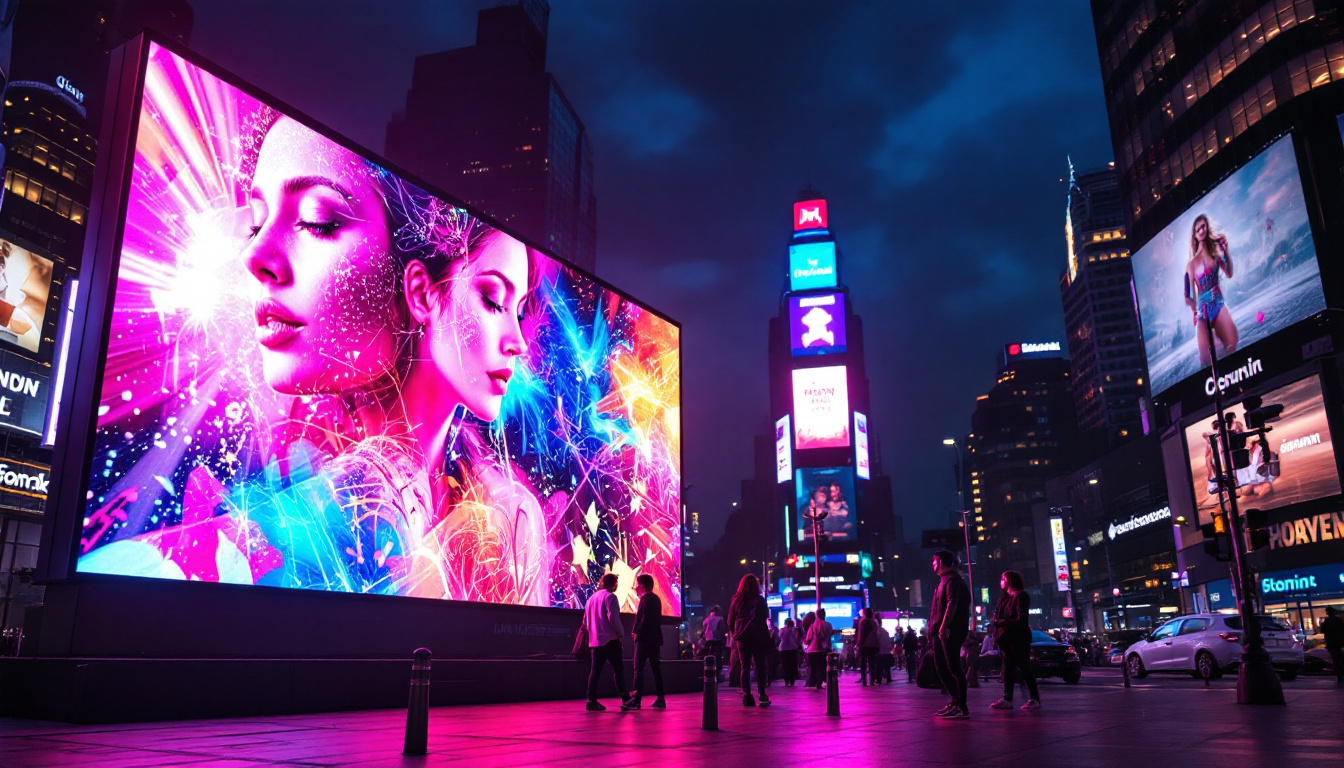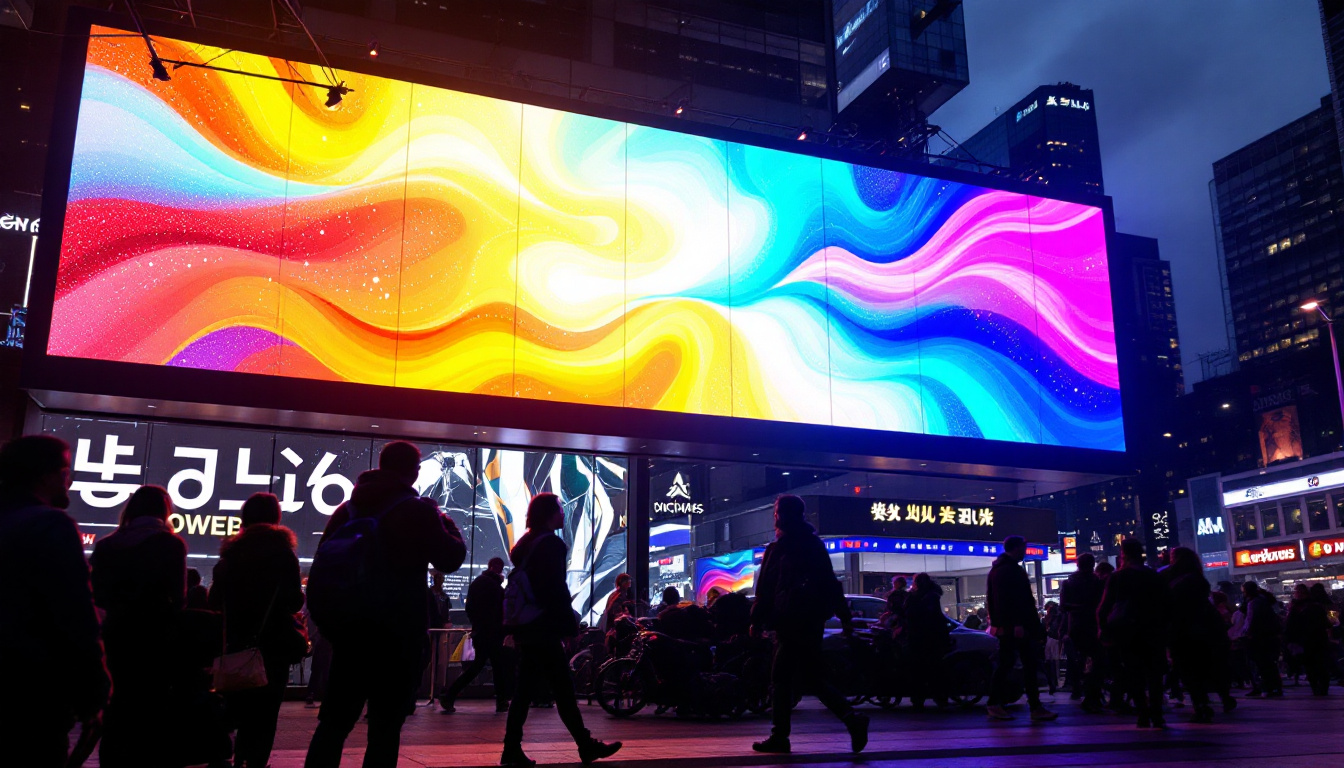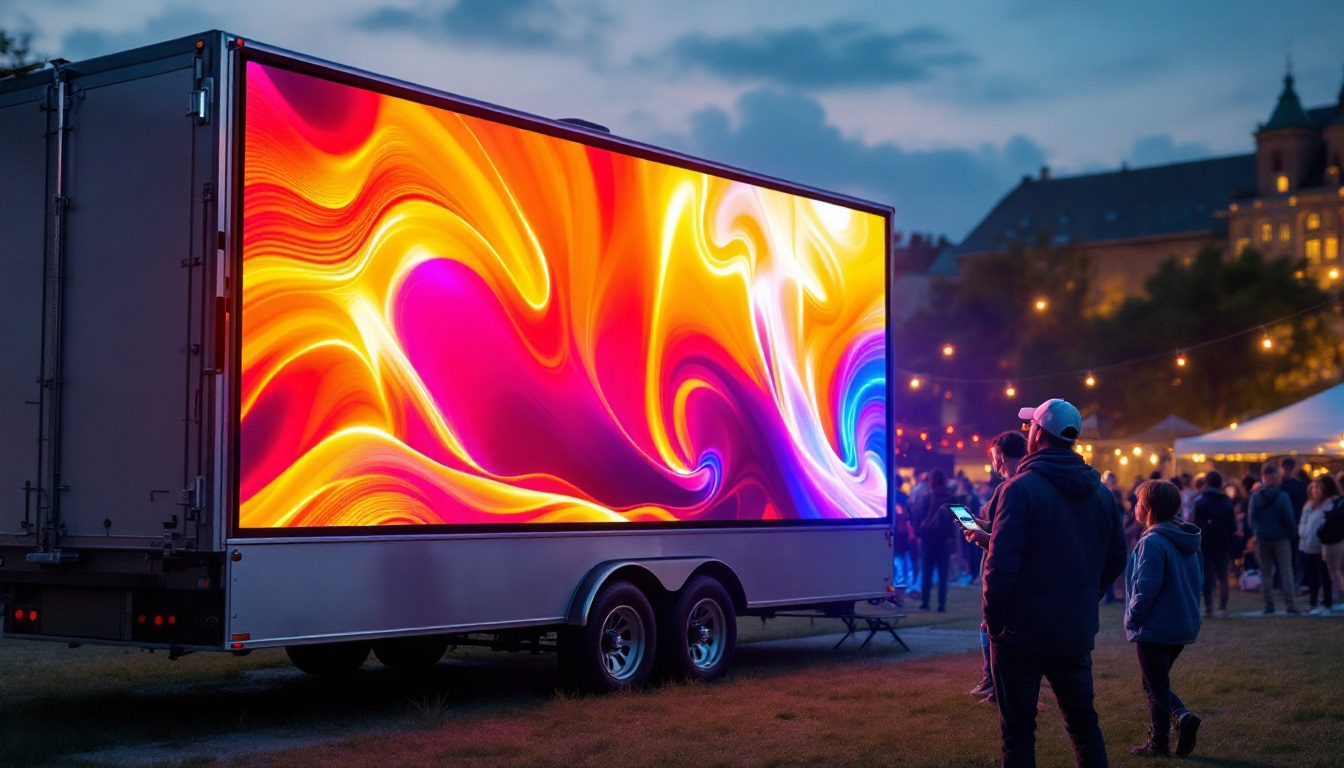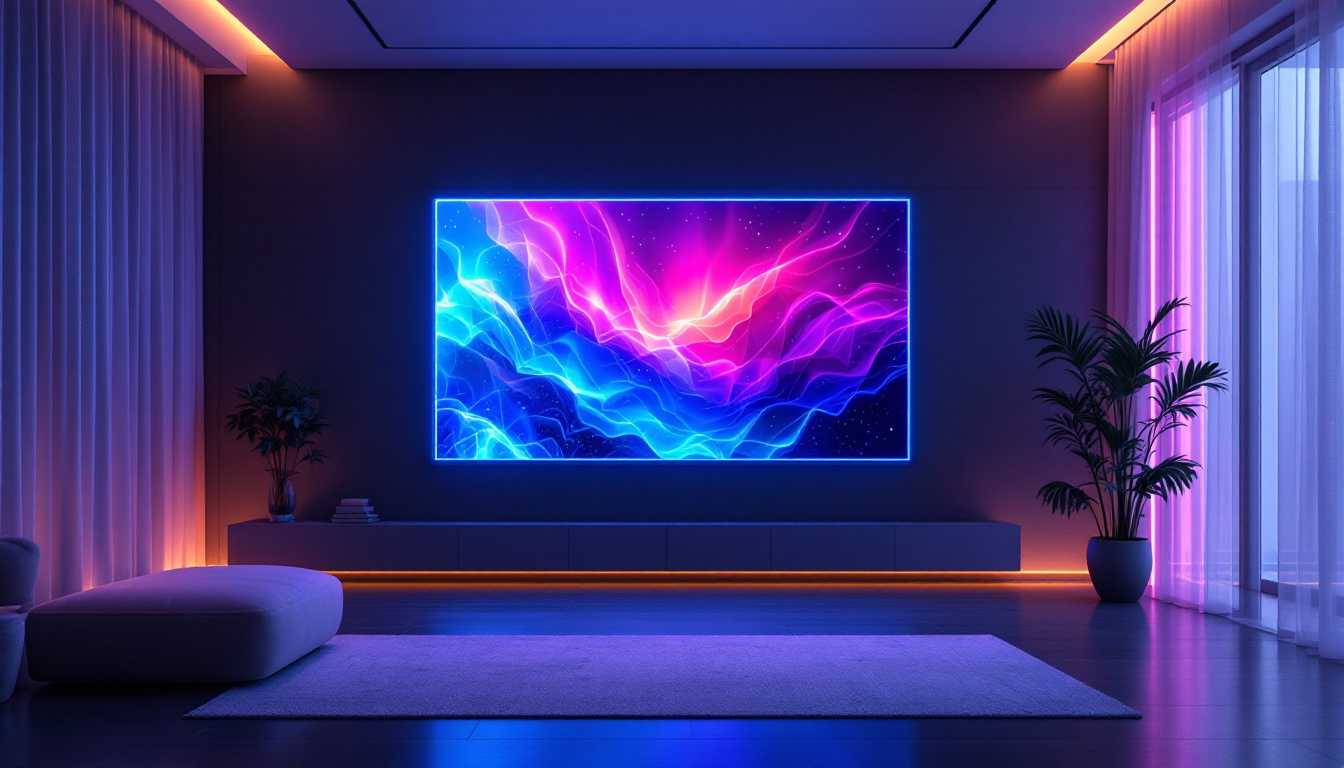Modular TV Panel: LED Display Explained
The evolution of television technology has reached remarkable heights, with modular TV panels leading the charge in innovation. As consumers become more discerning about their viewing experiences, the demand for customizable and high-quality displays has surged. This article delves into the intricacies of modular TV panels, focusing on LED displays, their advantages, and their applications in modern entertainment.
Understanding Modular TV Panels
Modular TV panels are designed to offer flexibility and adaptability, allowing users to create a viewing experience tailored to their specific needs. Unlike traditional television sets, which are often limited in size and configuration, modular panels can be assembled in various ways, accommodating different spaces and preferences.
The Concept of Modularity
At the heart of modular TV panels is the concept of modularity. This refers to the ability to combine multiple panels to form a larger display. Each panel can function independently, allowing for easy replacement or upgrades without the need to replace the entire system. This feature is particularly appealing to both residential and commercial users.
For instance, in a home theater setup, users can arrange panels to fit their room’s dimensions perfectly. In commercial settings, such as retail stores or conference rooms, modular panels can be configured to create stunning visual displays that captivate audiences.
Types of Modular Panels
Modular TV panels come in various types, each designed to meet specific needs. The most common types include LED, OLED, and LCD panels, with LED displays being the most popular due to their brightness, energy efficiency, and longevity.
LED modular panels can be further categorized into direct-lit and edge-lit displays. Direct-lit panels provide uniform brightness across the screen, while edge-lit panels use LEDs positioned along the edges, allowing for thinner designs. Each type has its advantages, making it essential for consumers to consider their requirements before making a choice.
The Advantages of LED Displays
LED displays have revolutionized the way we experience visual content. Their numerous advantages make them a preferred choice for modular TV panels. Here are some key benefits:
Superior Image Quality
One of the standout features of LED displays is their superior image quality. With high brightness levels and vibrant colors, LED panels deliver stunning visuals that enhance the viewing experience. The technology also supports high dynamic range (HDR), which improves contrast and color accuracy, making images appear more lifelike.
Furthermore, LED displays have faster response times compared to traditional LCD screens, reducing motion blur during fast-paced scenes. This is particularly important for sports enthusiasts and gamers who demand clarity and precision in their visuals.
Energy Efficiency
Another significant advantage of LED displays is their energy efficiency. LED technology consumes less power than traditional display technologies, leading to lower electricity bills and a reduced environmental footprint. This is especially beneficial for large installations, such as in commercial spaces where multiple panels are in use.
Moreover, many modern LED panels come with energy-saving features, such as automatic brightness adjustment based on ambient light conditions. This not only conserves energy but also enhances the overall viewing experience by maintaining optimal brightness levels.
Longevity and Durability
LED displays are known for their longevity and durability. With a lifespan of up to 100,000 hours, these panels can provide years of reliable performance without significant degradation in quality. This makes them a cost-effective investment for both home and commercial users.
Additionally, LED panels are less susceptible to screen burn-in, a common issue with other display technologies like OLED. This resilience ensures that users can enjoy their favorite content without worrying about permanent image retention.
Applications of Modular LED Displays
The versatility of modular LED displays allows them to be utilized in a wide range of applications. From home entertainment systems to large-scale commercial installations, these panels are transforming the way visual content is consumed and presented.
Home Entertainment
In residential settings, modular LED displays provide an unparalleled viewing experience. Homeowners can customize their setups to fit their living spaces, creating immersive environments for movie nights, gaming sessions, and sports events. The ability to scale the display size according to room dimensions enhances comfort and enjoyment.
Moreover, with the rise of smart home technology, modular LED panels can seamlessly integrate with other devices, allowing users to control their viewing experience with ease. Voice commands, mobile apps, and smart assistants can all be used to adjust settings, switch content, and manage multiple displays.
Commercial Use
In commercial environments, modular LED displays are making a significant impact. Retailers use these panels to create eye-catching digital signage that attracts customers and promotes products effectively. The ability to change content quickly and easily ensures that businesses can keep their messaging fresh and relevant.
Moreover, in corporate settings, modular displays are increasingly used for presentations and conferences. Their flexibility allows for dynamic layouts that can adapt to different audience sizes and room configurations. This enhances communication and engagement, making meetings more productive.
Events and Installations
Modular LED displays are also a popular choice for events and installations, such as concerts, trade shows, and exhibitions. Their lightweight design and easy setup make them ideal for temporary setups, while their stunning visuals captivate audiences.
Event organizers can create large-scale video walls that showcase live feeds, promotional content, or artistic visuals, enhancing the overall experience for attendees. The modular nature of these displays allows for creative configurations that can be tailored to the specific theme or purpose of the event.
Challenges and Considerations
While modular LED displays offer numerous benefits, there are challenges and considerations that potential users should keep in mind. Understanding these factors can help in making informed decisions.
Cost Implications
One of the primary considerations when investing in modular LED displays is the cost. While prices have decreased over the years, high-quality modular panels can still represent a significant investment. Consumers must weigh the initial costs against the long-term benefits, including energy savings and durability.
Additionally, installation costs can vary depending on the complexity of the setup. Engaging professional services may be necessary for large installations, which can further increase the overall expenditure. However, many users find that the return on investment in terms of enhanced viewing experiences justifies the initial outlay.
Technical Expertise
Setting up and managing modular LED displays may require a certain level of technical expertise. Users must be familiar with the installation process, configuration settings, and maintenance requirements to ensure optimal performance. For those who are less tech-savvy, seeking professional assistance may be beneficial.
Moreover, keeping up with software updates and compatibility issues is essential for maintaining the functionality of modular systems. Users should consider their willingness to engage with the technology and whether they have the resources to manage it effectively.
Space Requirements
Modular TV panels, while flexible, still require adequate space for installation. Users must assess their available area and determine how many panels can be accommodated without compromising aesthetics or functionality. Proper planning is crucial to ensure that the setup enhances the overall environment rather than detracts from it.
In commercial settings, the layout of the space should also consider factors such as viewing angles, audience size, and lighting conditions. A well-thought-out design can significantly enhance the effectiveness of modular displays.
Future Trends in Modular LED Displays
The future of modular LED displays is bright, with several trends shaping the landscape. As technology continues to advance, consumers can expect even more innovative features and applications.
Increased Customization
One of the most exciting trends in modular LED displays is the increasing level of customization available to consumers. Manufacturers are developing panels that can be tailored to specific needs, including size, shape, and resolution. This allows users to create truly unique setups that reflect their personal style and preferences.
Furthermore, advancements in software will enable users to manage and control their displays more effectively, providing greater flexibility in content presentation. This trend is particularly relevant for commercial users who require dynamic and engaging visual communication strategies.
Integration with Emerging Technologies
As the Internet of Things (IoT) continues to grow, modular LED displays are expected to integrate seamlessly with other smart devices. This integration will enhance user experiences, allowing for more intuitive control and automation of display settings.
Moreover, the incorporation of augmented reality (AR) and virtual reality (VR) technologies into modular displays could revolutionize how content is presented. Imagine being able to interact with visual content in real-time, creating immersive experiences that engage audiences on a deeper level.
Sustainability Initiatives
With increasing awareness of environmental issues, manufacturers are focusing on sustainability in their production processes. Future modular LED displays are likely to incorporate eco-friendly materials and energy-efficient technologies, reducing their overall environmental impact.
Additionally, recycling programs for outdated panels and components will become more prevalent, allowing consumers to dispose of their technology responsibly. This shift towards sustainability will resonate with environmentally conscious consumers and businesses alike.
Conclusion
Modular TV panels, particularly those utilizing LED technology, represent a significant advancement in the world of visual displays. Their flexibility, superior image quality, and energy efficiency make them an attractive option for both home and commercial users. As technology continues to evolve, the potential for customization and integration with emerging technologies will only enhance the appeal of modular displays.
While challenges such as cost and technical expertise exist, the benefits of modular LED displays far outweigh these considerations. With careful planning and informed decision-making, users can create stunning visual experiences that elevate their entertainment and communication strategies.
In a world where visual content is king, modular LED displays are poised to play a crucial role in shaping the future of how we consume and interact with media.
Discover LumenMatrix LED Display Solutions
Ready to elevate your visual experience with the latest in LED display technology? Look no further than LumenMatrix, a pioneer in crafting LED display modules that bring your content to life. Whether you’re looking to enhance your home entertainment system or captivate your audience in a commercial setting, LumenMatrix offers a diverse range of solutions including Indoor and Outdoor LED Wall Displays, Vehicle LED Displays, and more. Embrace the future of visual communication with our innovative and customizable LED display options. Check out LumenMatrix LED Display Solutions today and transform the way you share your message.

